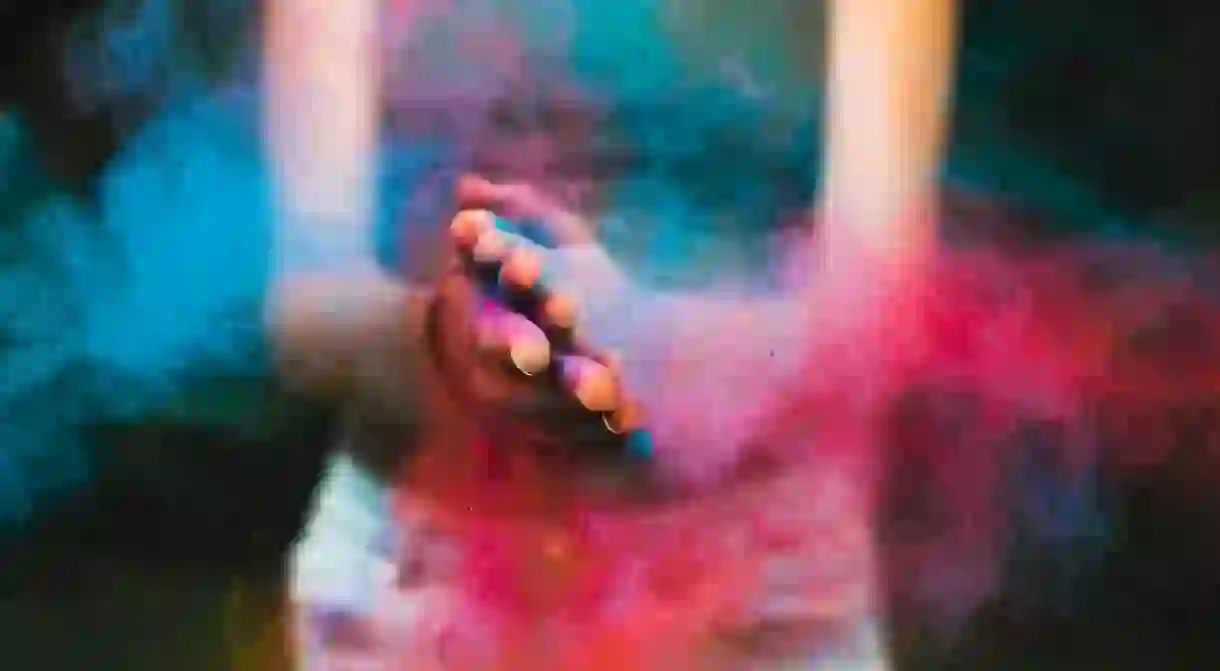How to Make Safe and Natural Holi Colours at Home

The Hindu festival of Holi signifies the end of winter and the coming of beautiful spring. Originally, the bright flowers which blossomed during this season were used to make the Holi colours. However, with the festival’s mass popularity, inexpensive and synthetic colours, which can have many health hazards, started flooding the market. This Holi, keep yourself and the environment safe by making your own natural colours at home.
Artificial colours cause several health problems
As the festival of Holi is a celebration of spring, in the beginning, the gulal (coloured powders used during Holi) were made of plants and flowers which bloomed during springtime. Also, since the spread of flu was common during this time of the year, most of the raw materials were derived from plants, which had medicinal properties.
With the increasing popularity of Holi and spread of industrialisation, natural colours were gradually replaced with chemically processed synthetic colours that, while although cheaper, come with a host of health problems, from minor allergies to temporary blindness and even skin cancer.

Artificial colours are also toxic to the environment
Additionally, artificial colours can prove to be harmful to the environment as well because they are highly structured polymers that are hard to decompose biologically.
You can safeguard yourself and the environment by choosing to forgo toxic chemical colours and choosing to make them with natural ingredients, just like people did in the past. Preparing gulal at home may take some time, but it’s not all that difficult. The ingredients are easily available in the market, and it can also be a fun activity to do with friends and family.

DIY tips for making Holi colours
Red: Dry red hibiscus flowers until they’re crisp, and then grind them into a fine powder. You can also use red sandalwood for this one. You can add rice flour in equal quantities to increase the volume of the powder. For wet colours, boil peels of pomegranate in water.
Yellow: You can blend turmeric powder with gram flour in a 1:2 ratio to make dry gulal. Alternatively, any yellow coloured flowers, such as marigold or yellow chrysanthemums, can be crushed and combined in water for wet colours.
Green: To obtain a lovely green-coloured gulal, you can use henna or mehendi powder. In order to get a liquid paste, you can either mix the henna powder in water or oil or use any green leafy vegetables, such as spinach. Remember that henna soaked in water may leave slight stains on the skin.
Magenta: Soak sliced beetroots in water, boil the mixture and leave it overnight. If you want a more pinkish shade, just dilute the concoction a little more. You can also use red onions for this one.
Blue: Powdered blue hibiscus flower petals and rice flour can be used to obtain blue-coloured gulal. For wet colours, you can use crushed and dried jacaranda flowers mixed with water.














